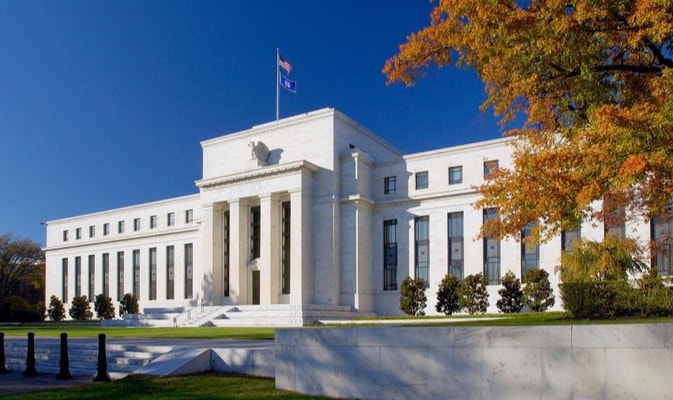May 2023 Fed meeting: what will happen?

2 MAY, 2023
By Constanza Ramos

This week the FED meets and the big question is whether interest rates will continue to rise or whether they will stop rising. Below you can read the experts' opinions on the matter.
Luke Bartholomew, Senior Economist at abrdn

At its meeting this week, the Federal Reserve looks set to raise its target rate by 25 basis points. First Republic's difficulties remind us that the turmoil in the banking sector is far from over and that the economy has yet to feel the full impact of what is likely to be a significant tightening of credit conditions. However, underlying GDP data for the first quarter were positive, and with the labor market strong and core inflation high, it will be difficult for the Fed to justify maintaining monetary policy at this time, even in the face of elevated market uncertainty around some banks.
We believe that this week's rate hike will represent the high point of this tightening cycle. The Fed will probably need some time to assess the impact of its rapid tightening over the last 18 months before deciding what to do next. There is certainly a risk that it may decide that further tightening is needed later this year, especially if employment growth remains extremely strong.
But we think it is more likely that the Fed will start lowering rates by the end of the year. We continue to expect the economy to tip into recession this year as credit conditions continue to deteriorate and interest rate sectors of the economy experience further stress. It is difficult to see how the Fed avoids an easing policy in this environment.
Tiffany Wilding, Economist North America, PIMCO

The Federal Reserve will release a new statement on Wednesday at 20:00. We expect a 25 basis point interest rate hike; at the same time, we expect the Fed to imply that there will be a pause in future rate hikes, data permitting.
We believe the Fed can achieve this by changing forward guidance from "some additional policy consolidation" to conducting some form of "additional policy consolidation", which would allow it to signal a pause while maintaining a hawkish stance. We believe that Chairman Powell will have to strike a difficult balance during the press conference.
The repercussions of stress in the banking sector are uncertain, while inflation and wages have remained persistent after the Federal Open Market Committee (FOMC) meeting in March. As a result, the committee is more divided over the Fed's next action than it has been in several quarters. In our view, in order to have time to assess the impact, the most likely compromise is to prepare for a pause, conditional on incoming data and maintaining a more hawkish bias for the central bank's next action.
Silvia Dall'Angelo, Senior Economist, Federated Hermes

This week's US economic data has been generally softer, suggesting that the impact of past monetary tightening is gradually spreading to the real economy, while the recent bout of stress in the banking sector has probably dented confidence. Overall, we expect the Fed to hike by 25 basis points to 5-5.25% this week, in line with consensus expectations. With concerns about financial stability, the Fed is likely to pause after its May decision. This would allow the Fed to assess the impact of monetary tightening on the real economy, which should be more or less significant at this stage, given the typical lags in the transmission mechanism. However, given that labor market tightness remains a source of inflationary pressures, the Fed is likely to hold its key rate for longer than financial markets currently expect.


